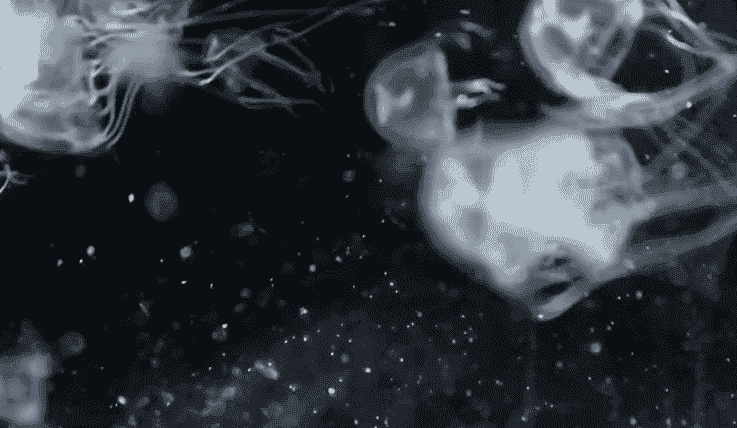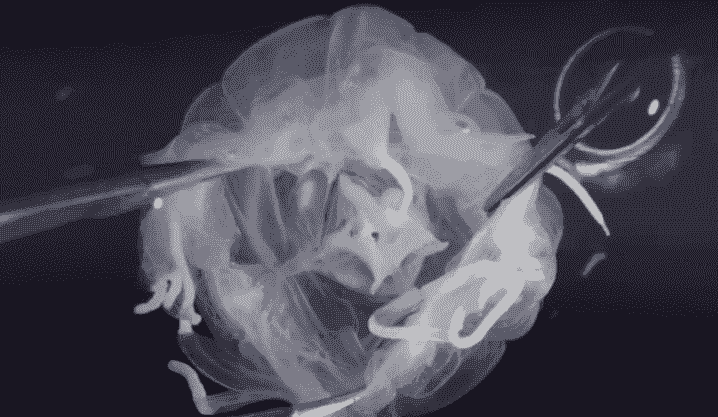
Researchers from Hong Kong Baptist University discovered a new species of box jellyfish with 24 eyes in Hong Kong’s Mai Po Nature Reserve.
The new species, Tripedalia maipoensis, was named by a team of researchers led by Professor Qiu Jianwen of the Department of Biology at Hong Kong Baptist University.
Discovery Of A New Species
The discovery of this new species of box jellyfish in Chinese waters marks the first time a member of this family has been found outside of the Pacific Ocean.
In the summers of 2020 and 2022, the team collected jellyfish samples from a brackish shrimp pond in the Mai Po Nature Reserve in collaboration with WWF-Hong Kong, Ocean Park Hong Kong, and the University of Manchester. After further examination, they concluded that the samples indeed represented a previously unknown species of jellyfish.
Professor Qiu explained, “The name Tripedalia maipoensis reflects the type locality where the new species was first discovered. As the gei wais are connected to the Pearl River Estuary through a tidal channel, we believe this species is also present in the adjacent waters of the Pearl River Estuary.”
Read more: Twitter User Who Created Controversial Flag Suspended By Elon Musk
Physical Description Of Tripedalia Maipoensis

The body of the jellyfish is colorless and transparent, and it has an average length of 1.5 centimeters. Each of its four corners is home to three tentacles that can grow to a maximum length of ten centimeters.
When box jellyfish contract their bodies, a structure called the Pedalia, which is located at the base of each tentacle and resembles the paddle on a boat, enables them to produce powerful thrusts. Because of this, they are able to swim significantly faster than other species of jellyfish.
The Tripedalia maipoensis, like other species of box jellyfish, has 24 eyes. Each of the four groups of six eyes is comprised of 12 eyes total, so the 24 eyes are distributed fairly evenly.
Professor Qiu remarked that their team’s discovery of Tripedalia maipoensis in Mai Po, a relatively well-studied area in Hong Kong, was evidence of the great variety of marine life in both Hong Kong and China.
Read more: Scientists Predict Possible Alien Contact With Earth In 2029 Through NASA Probe

